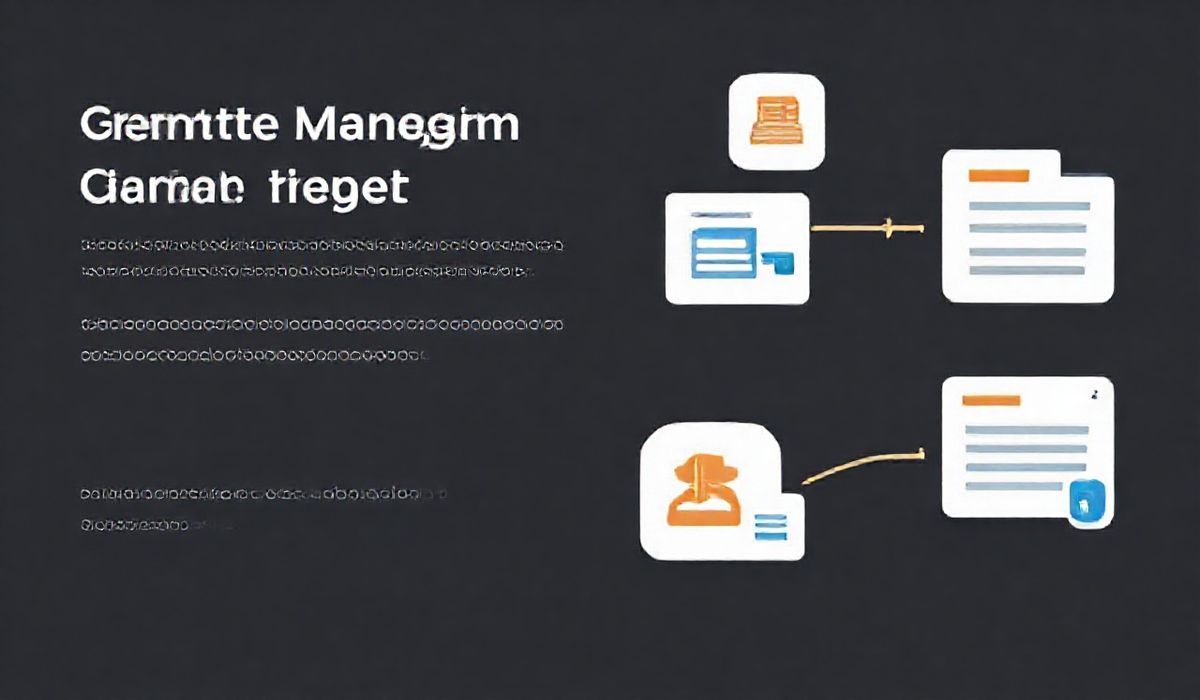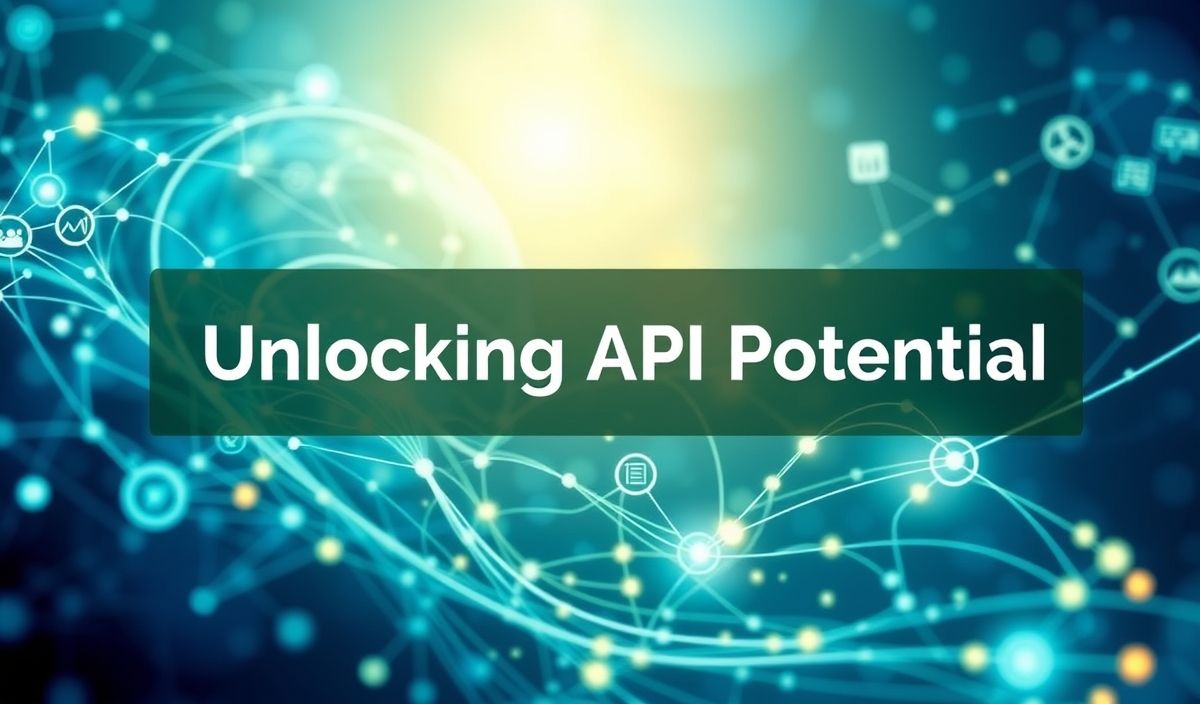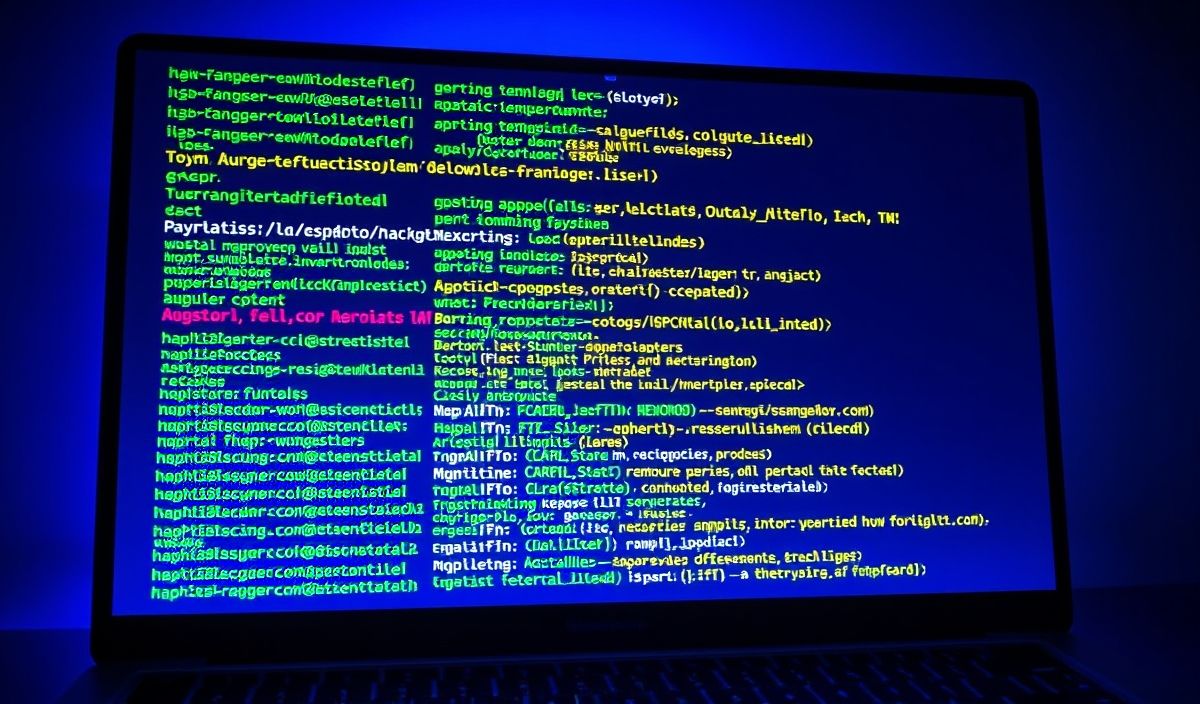Introduction to Priority in Programming
The concept of priority is crucial in managing tasks, processes, and actions in programming. It allows developers to assign different levels of importance to tasks, ensuring that critical operations are handled before less important ones. This can significantly improve the efficiency and responsiveness of an application.
Understanding Priority with API Examples
In various programming languages, there are numerous APIs that help manage priority. Below are some examples:
Python: Using Priority Queue
The queue.PriorityQueue is a built-in Python module that allows you to manage tasks with priority:
import queue
pq = queue.PriorityQueue()
pq.put((1, 'Task 1'))
pq.put((3, 'Task 3'))
pq.put((2, 'Task 2'))
while not pq.empty():
print(pq.get())
Java: Using PriorityBlockingQueue
Java provides the PriorityBlockingQueue for managing priority in concurrent programming:
import java.util.concurrent.PriorityBlockingQueue;
public class PriorityQueueExample {
public static void main(String[] args) {
PriorityBlockingQueue queue = new PriorityBlockingQueue<>();
queue.add(5);
queue.add(1);
queue.add(3);
while (!queue.isEmpty()) {
System.out.println(queue.poll());
}
}
}
JavaScript: Priority Queue Implementation
JavaScript does not have a built-in priority queue, but you can implement one using a heap:
class PriorityQueue {
constructor() {
this.values = [];
}
enqueue(val, priority) {
this.values.push({ val, priority });
this.sort();
}
dequeue() {
return this.values.shift();
}
sort() {
this.values.sort((a, b) => a.priority - b.priority);
}
}
const pq = new PriorityQueue();
pq.enqueue('Task 1', 1);
pq.enqueue('Task 3', 3);
pq.enqueue('Task 2', 2);
console.log(pq.dequeue()); // {val: "Task 1", priority: 1}
console.log(pq.dequeue()); // {val: "Task 2", priority: 2}
console.log(pq.dequeue()); // {val: "Task 3", priority: 3}
Practical Application Example
Let’s consider an example of a to-do list application that uses the above APIs to manage tasks with different priorities.
# Python To-Do List Example
import queue
class ToDoList:
def __init__(self):
self.tasks = queue.PriorityQueue()
def add_task(self, priority, description):
self.tasks.put((priority, description))
def get_task(self):
return self.tasks.get()
todo = ToDoList()
todo.add_task(1, 'Write Blog Post')
todo.add_task(3, 'Go Shopping')
todo.add_task(2, 'Clean House')
while not todo.tasks.empty():
print(todo.get_task())
By leveraging the Priority Queue, tasks are executed in the order of their priorities, ensuring that critical tasks are addressed first.
The use of priority in managing tasks and processes is a powerful technique to enhance application performance and responsiveness.
Hash: 3092a5f0dba05ff3cadc3c2c8eeacd47940b1837f9534bc559d19d8435c8b219




